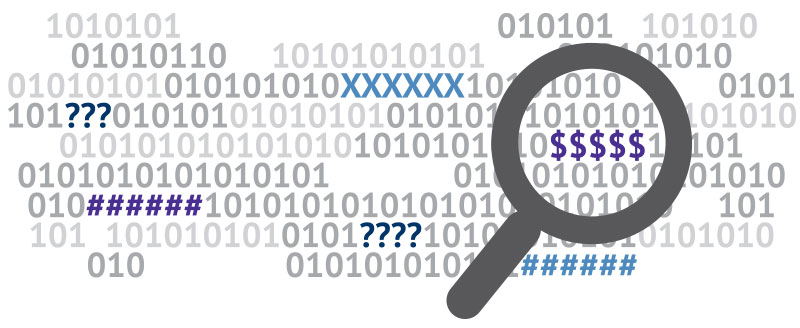
Bad Data is duplicated, outdated, incorrect, or incomplete information that resides in multiple IT systems across a company’s data center. IBM estimated the yearly cost of poor quality data, in the US alone, was $3.1 trillion in 2016[i].
The reason bad data costs so much is that decision makers, managers, knowledge workers and others must accommodate it in their everyday work. And doing so is both time-consuming and expensive. The data they need has plenty of errors, and in the face of a critical deadline, many individuals simply make corrections themselves to complete the task at hand[ii].
Importantly, the benefits of improving data quality go far beyond reduced costs. It is hard to imagine any sort of future in data when so much is so bad. Thus, improving data quality is a gift that keeps giving — it enables you to take out costs permanently and to more easily pursue other data strategies. For all but a few, there is no better opportunity in data[iii].
Business cost of bad data may be as high as 10-25% of an organizations revenue. The cost of bad data in healthcare has been estimated to be around $314 billion. As much as 50% of a typical IT budget may be spent in “information scrap and rework.”[iv]
Healthcare organizations are confronted with bad data every day – although it may often be ignored or overlooked. Why?
Healthcare has a unique data challenge that requires a unique solution. A solution that is centralized in the enterprise to aggregate the data and manage the definitions. A solution that understands healthcare analytics and overcomes the complexities while nimbly keeping pace with changing regulations.
[i] Bad Data Costs the U.S. $3 Trillion Per Year, Thomas C. Redman, September 22, 2016, Harvard Business
[ii] Excerpt from http://soa.sys-con.com/node/1975126
[iii] Excerpt from http://soa.sys-con.com/node/1975126
[iv] Excerpt from http://soa.sys-con.com/node/1975126
[v] Excerpt from 5-reasons-healthcare-data-is-difficult-to-measure, by Dan LeSueur, HealthCatalyst